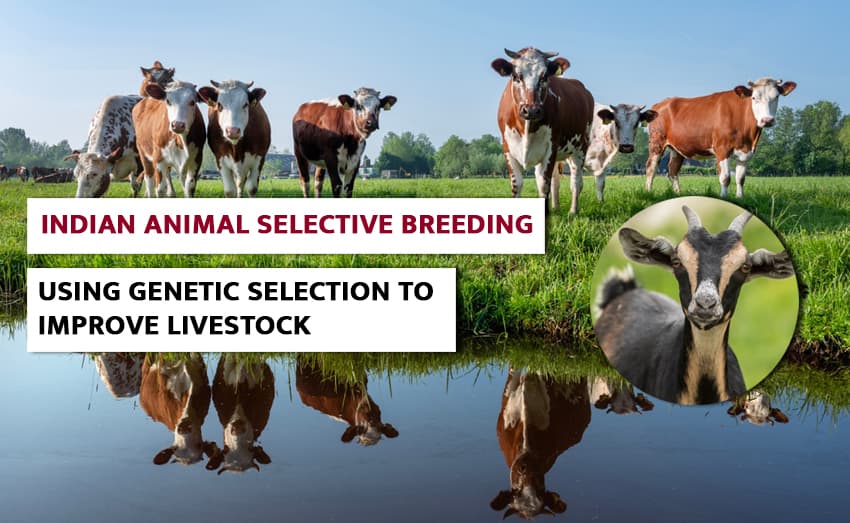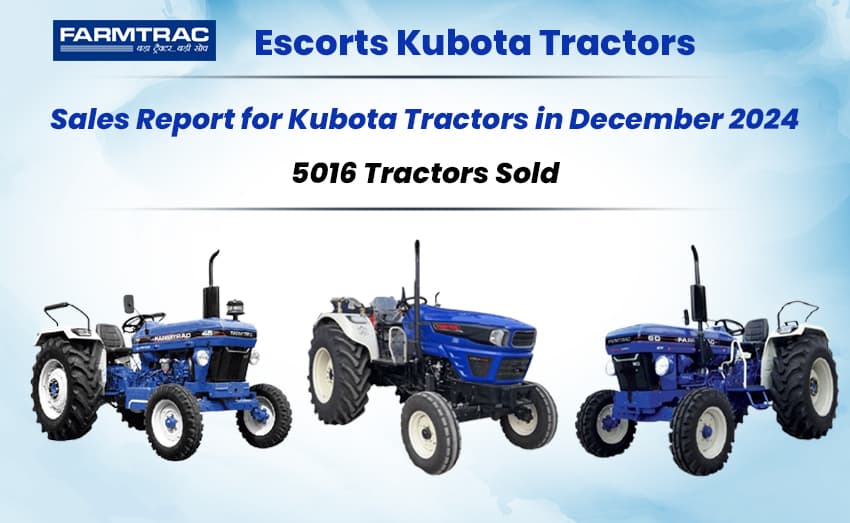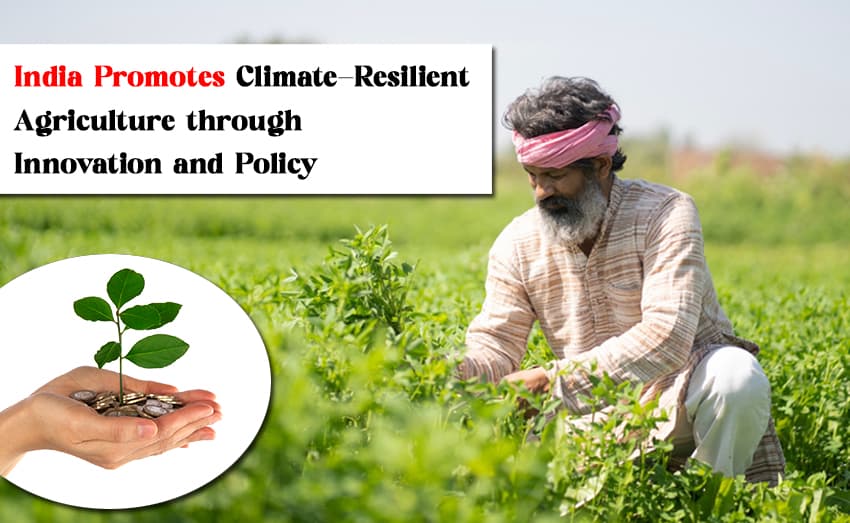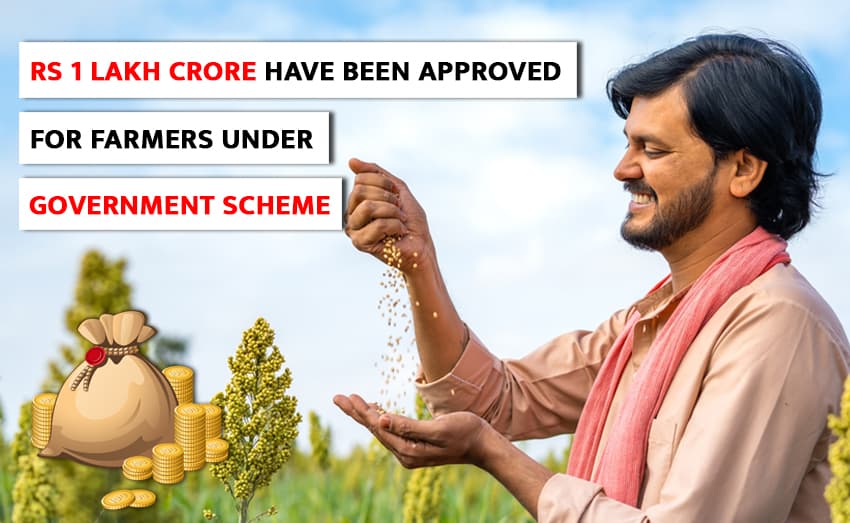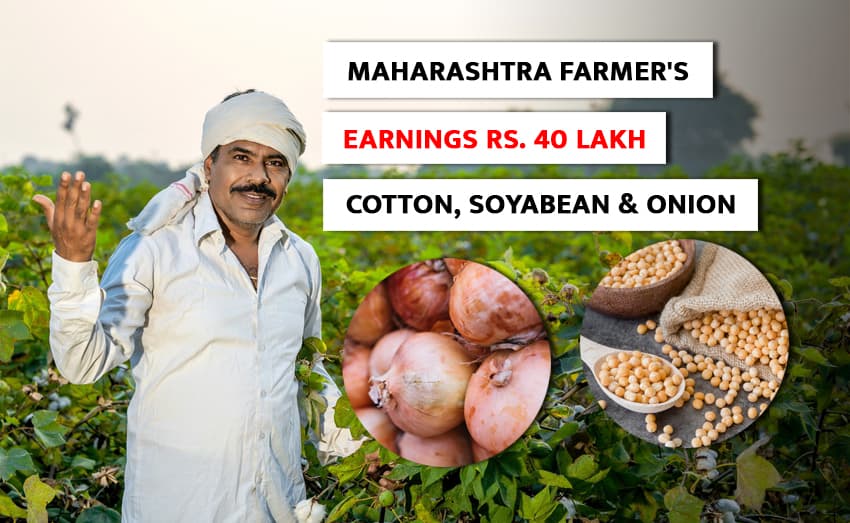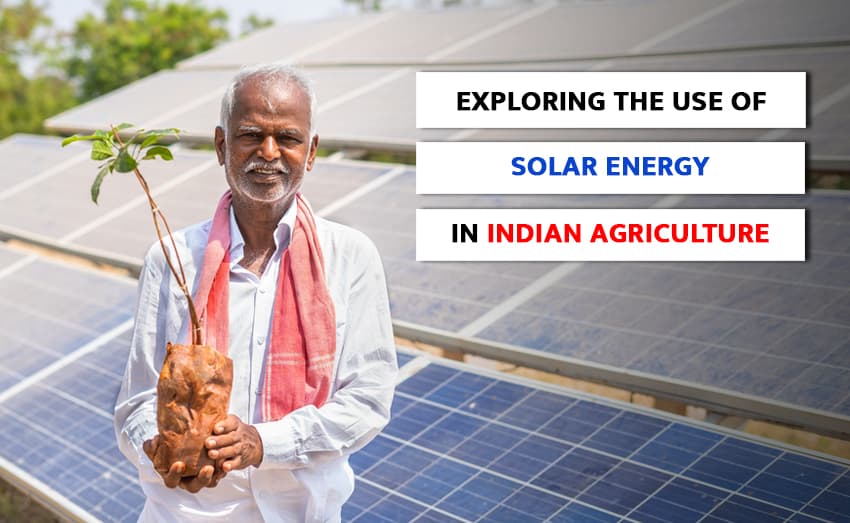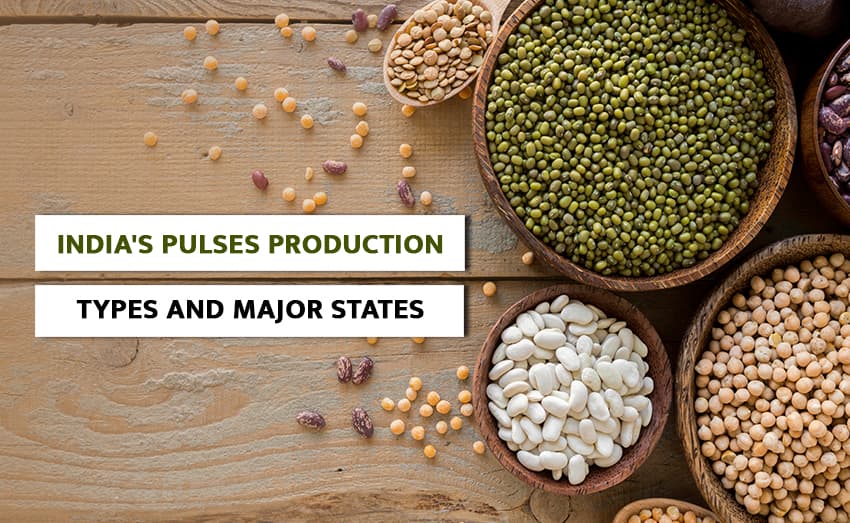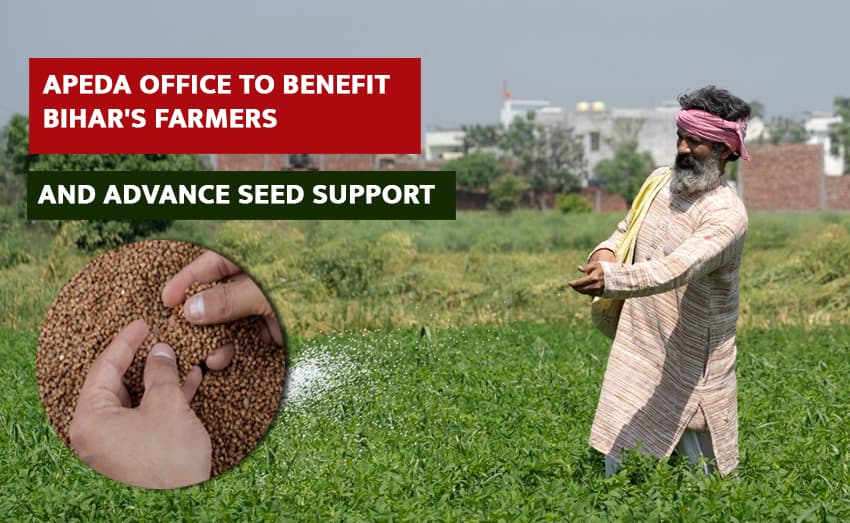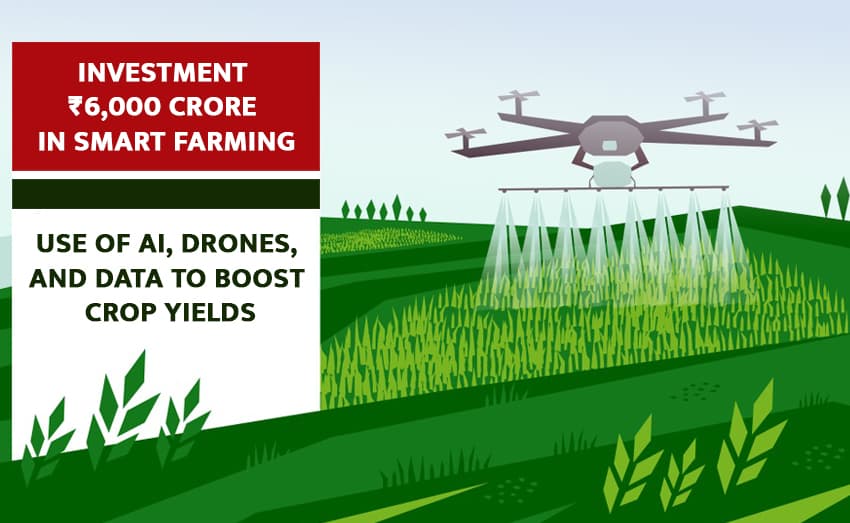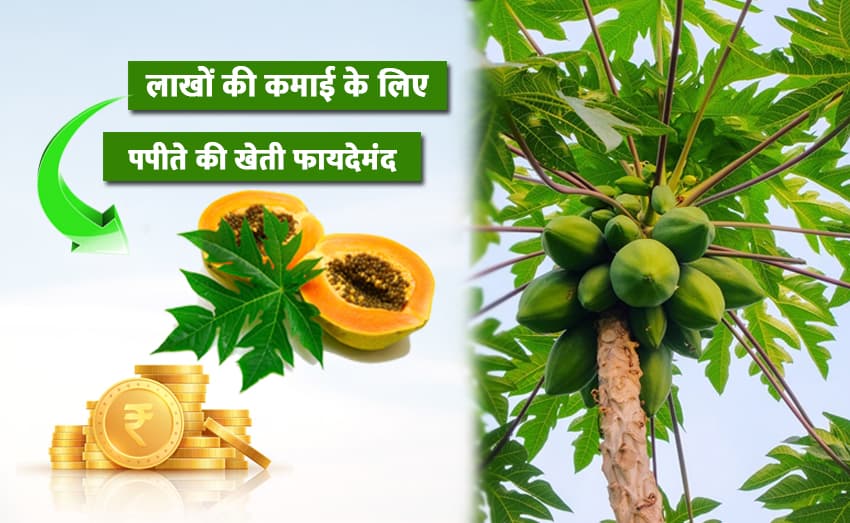Selective breeding is the process of selecting species with desirable traits to propagate and improve the yield and quality of the next generation. In India, where livestock play an important role in rural society and economy, selective breeding has become an important tools, emerging development and research.
Benefits of genetic modification
The foundation of any breeding effort is genetic modification. Maintaining genetic diversity through selective breeding assures that animals can cope with disease, adapt to changing environmental conditions and maintain high yields
India has many indigenous breeds of cattle, buffaloes, goats, sheep and poultry adapted to local needs This genetic diversity provides a great basis for selection of desirable traits such as improved growth, diseases a they resist and increased milk yield Intensive selective breeding targeting particular traits but can sometimes prevent and reduce adaptation or susceptibility to diseases among which can cause problems
The problem therefore combines the need to retain the best genes with the desire for higher yields.
Genetic selection
Breeding selection is largely determined by associated factors:
- Characteristics such as milk yield, growth rate, and egg-laying capacity determine egg-laying success.
- Treatment and Disease Animals are immune to disease or environmental conditions.
- Fertility and reproductive health: promising high fertility rates and efficient offspring generation
- The temperament and behavior of animals raised to socialize or not work is especially important.
- Longevity: Long productive lives are generally preferred.
India’s breeding initiatives are primarily aimed at increasing milk production in dairy cattle, increasing growth rates of poultry and wool of sheep.
Purposes of animal husbandry
The objectives of animal selection vary depending on the species:
1. The primary purpose of livestock—dairy and meat—is to increase milk production, strengthen resistance to disease, and improve meat quality.
2. Chick selection is aimed at rapid growth, improved egg production and disease resistance.
3. While wool quality and growth take the first steps in sheep, milk production and disease resistance determine the goat’s focus.
4. The main purpose of cows is to improve immunity and milk production.
5. Pig selection tends to require higher meat quality, larger litter size, and faster growth rates.
Methods of selective reproduction
Several methods are used in breeding selection to improve the quality of livestock in India. Common methods include:
Artificial insemination (AI): This involves collecting sperm from high-quality male animals and inseminating females with a catheter. This allows the best genes to spread widely.
Hybrid breeding: Materials from two different species combine to produce unique offspring. Intensive breeding of local and homosexual species is practiced in India to increase milk production.
Sperm transfer: An improved method of transferring naturally superior female sperm to other females for growth.
Marker-assisted selection (MAS): Using genetic markers, this method now selects animals with a particular desired trait.
Each method has advantages and disadvantages; The best will rely on breeding goals and accessible tools.
Ethical issues in selective reproduction
Selective breeding begs a variety of ethical issues, especially when it comes to animal welfare. Key topics include:
- Health issues: Strong selection for certain traits can cause health issues in animals including respiratory issues in chickens or mastitis in dairy cows
- Reduced quality of life: As shown in chickens bred for rapid growth, animals bred for certain things can suffer from limited mobility or comfort
- Biodiversity loss: an increased emphasis on certain species can threaten the survival of native species important for the conservation of genetic diversity
India is increasingly faced with balancing animal welfare and ecosystem protection against productivity growth.
Selective reproduction: Challenges and limitations
Although selective breeding in India has many advantages, it also comes with some challenges:
Limited access to advanced technology: Although artificial insemination and embryo transfer are viable options, many rural farmers do not have access to this technology
- High cost: Selective breeding programs, especially advanced methods such as marker-assisted selection, can be expensive.
- Climate change: With the changing climate, breeding animals that can withstand extreme storms is becoming increasingly important.
- Lack of awareness: Many farmers lack knowledge about the benefits of selective breeding, thus preventing them from adopting best practices.
The economic impact of selective reproduction
Cattle selection has a significant economic impact on the Indian cattle industry. Farmers can achieve higher yields and better returns by increasing the welfare and productivity of their animals. For example, dairy farms that use selective breeding programs tend to increase milk yield significantly, thus immediately increasing profitability
With the economic benefits further increasing, disease resistance has increased to reduce veterinary costs and potentially reduce losses due to disease. Selective breeding affects associated industries such as milk production and food processing.
Future Selected Birth Practices:
Advances in biotechnology and genetic science can help define the path of selective reproduction in India. Other trends include:
Genomic selection: Using genome-wide data, this method determines the breeding advantage of an animal, thereby enabling more accurate and efficient selection.
CRISPR and gene editing: By allowing specific changes in specific genes, gene editing technologies like CRISpen can change even the beginnings of selective breeding
Sustainability and climate resilience: Future breeding strategies will focus on creating species that can survive on limited resources and in harsh climates when climate change poses a challenge another comes to him.
Prize Details:
1. Higher Punjab dairy
Known for its dairy industry, Punjab has developed selective breeding programs to effectively increase cattle production in the state. Since the introduction of exotic breeds such as Holsteins and Friesians, milk production has increased dramatically. Today, many farmers claim a 20 to 30 percent increase in production, thus boosting their bottom line.
2. Tamil Nadu poultry immunity
Selective indigenous breeds like Aseel and Kadaknath have helped farmers in Tamil Nadu tackle disease and epidemic problems. In addition to living locally, these disease-resistant birds produce high-quality meat and attract high market prices.
3. Sahiwal Game Reserve, Haryana
Sahiwal cattle, one of the best breeds of Indian cattle, are leading the way in improving conservation in Haryana With government-sponsored breeding schemes, producers have been able to maintain high milk production while retaining species-specific characteristics
conclusion
The growth of the Indian livestock sector depends largely on livestock selection. Selective breeding is highly beneficial in improving disease resistance in poultry and increasing animal milk yield. However, maintaining genetic diversity and animal welfare must be balanced with increased productivity. India can be a leader in sustainable and efficient animal husbandry with continued technology and investment.

